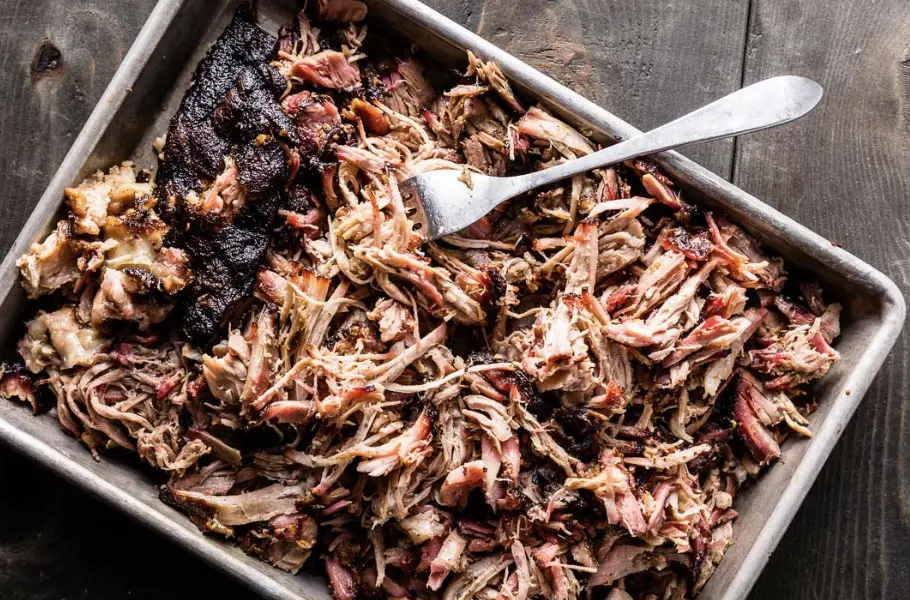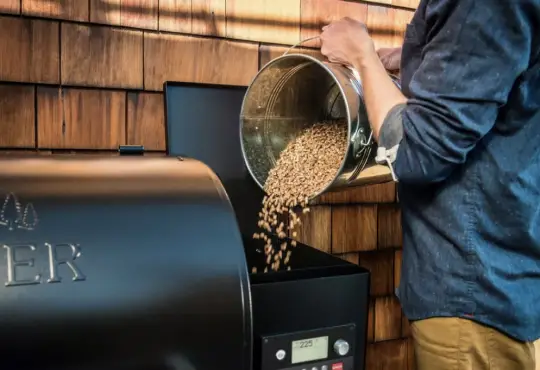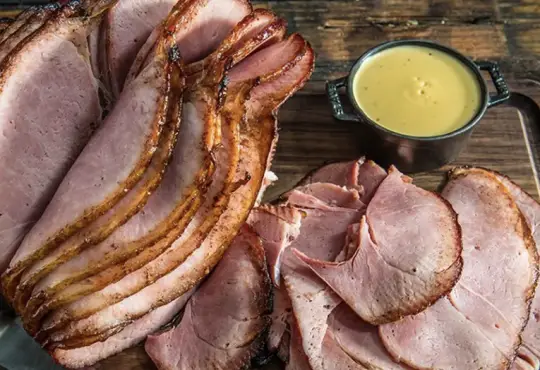
Smokin’ Goodness: The Best Wood for Smoking Pork Butt
Smoking a pork butt to tender, juicy perfection is a culinary adventure that excites BBQ enthusiasts and tantalizes taste buds. While the seasoning and cooking technique play essential roles, the choice of wood for smoking is equally crucial in elevating the flavor profile of your pork butt. In this blog post, we’ll guide you through the top wood options that complement the rich, succulent nature of pork butt, ensuring a mouthwatering and unforgettable smoking experience.
Understanding the Role of Wood in Smoking:
Wood plays a vital role in smoking, as it imparts flavors, aromas, and colors to the meat. Each type of wood adds its own unique characteristics to the final product, enhancing the overall taste and texture.
Best Woods for Smoking Pork Butt:
1. Hickory: Hickory is a classic choice for smoking pork, particularly pork butt. It offers a robust and slightly sweet flavor profile that pairs perfectly with the pork’s rich and fatty composition. Hickory’s smoky intensity creates a mouthwatering bark and deepens the overall smoky essence.
2. Apple: Apple wood lends a delicate, mildly sweet, and fruity flavor that complements pork butt’s natural flavors. It’s a popular choice for those who prefer a milder smoke profile, allowing the pork’s taste to shine while still adding a subtle smokiness.
3. Cherry: Cherry wood offers a balanced blend of sweetness and tanginess, making it an excellent match for pork butt. The light, reddish hue it imparts to the meat adds to the visual appeal, and its aromatic characteristics enhance the overall experience.
4. Maple: Maple wood infuses a delicate sweetness that pairs beautifully with pork’s savory notes. Its mild flavor allows the pork butt to be the star of the show, while still contributing a gentle smokiness.
5. Pecan: Pecan wood delivers a nutty and slightly sweet flavor, offering a nuanced and complex taste profile to your smoked pork butt. It’s a versatile option that enhances the meat without overpowering it.
Tips for Using Wood:
1. Soak or Not to Soak: While soaking wood chips or chunks is a common practice, it’s not necessary for pellet smokers or larger cuts like pork butt. Dry wood allows for consistent smoke generation and flavor infusion.
2. Wood-to-Meat Ratio: For pork butt, a mild-to-moderate amount of wood is sufficient. Aim for a balance where the wood enhances the flavor without overpowering it.
3. Mixing Woods: Experiment with mixing different types of wood to create your own signature smoke flavor. Combining woods like apple and hickory can offer a delightful fusion of sweetness and depth.
Conclusion:
Selecting the right wood for smoking pork butt is a delightful journey that allows you to tailor the flavor to your preferences. Whether you opt for the robustness of hickory, the subtlety of apple, or the balanced nature of cherry, the key is to let the wood enhance the pork’s natural qualities without overwhelming them. With the right wood choice and careful attention to the smoking process, you’ll transform a simple pork butt into a delectable masterpiece that draws accolades from all who have the pleasure of savoring it.






